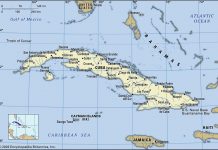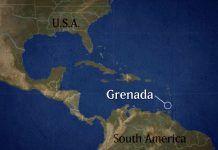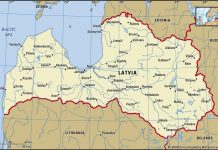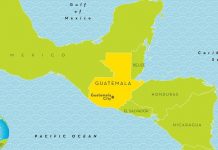Republic of Lithuania
Capital: Vilnius
Area: 65,200 sq. km/25,174 sq. miles
Population: 3,710,000
Population density per sq. km/sq. mile: 57/147
Ethnic composition
80% of the population belongs to the Lithuanian ethnic group, 9% are Russians, 7% are Poles, 2% are Belarusians, 1% are Ukrainians. In 1988, Lithuanian was recognized as the official language instead of Russian. After gaining independence, interethnic relations worsened, but gradually these conflicts began to wane. According to the civil laws of 1989, all residents of Lithuania, despite their ethnic origin, can obtain citizenship, and already more than 90% of residents of non-Lithuanian origin have taken citizenship.
Religion
Basically all Lithuanians are Catholics, and in 1992 3/4 of the population of the republic became adherents of this faith. Russians, Belarusians and Ukrainians are Orthodox or Old Believers.
History
Lithuanians became an independent nation at the end of the XII century . In the XIII century. German crusaders, knights of the Teutonic Order, tried to conquer Lithuania, but they failed. After that, Lithuania’s borders stretched to Moscow in the east and to the Black Sea in the south. In the XVI century . Lithuania joined Poland, but in 1795 both Poland and Lithuania fell under the rule of tsarist Russia. The uprisings for independence in 1831 and 1863 failed. A more organized popular movement began in the 1880s, but Russia denied Lithuania self-government in 1905.
During the First World War Lithuania was occupied by German troops. After the war, on February 16, 1918, Lithuania declared its independence, but Russia declared it a Soviet republic. As a result, there were uprisings supported by the Germans and Poles, and in 1919 a democratic republic was established. As a result of the coup in December 1926, led by Antanas Smetona, an authoritarian regime came to power. Later, in 1939, Lithuania was conquered by Nazi Germany, and after that, as a result of the Molotov-Ribbentrop Pact, Lithuania again passed into the power of the Soviet Union. The subsequent German invasion of the USSR in 1941 again led to uprisings against the Soviet regime. Soon the Germans occupied the country, and only in 1944 Lithuania again fell under the power of the USSR. 210,000 people were killed during the Nazi occupation, 16,500 of them Jews. In the early 1950s, partisan uprisings took place in Lithuania, as in Estonia and Latvia. Their demand was the overthrow of Soviet rule. And at that time, the policy of Sovietization was implemented, forced collectivization of agriculture was introduced and Catholics were persecuted. In the late 40s. 570,000 Balts were exiled to Siberia.






































